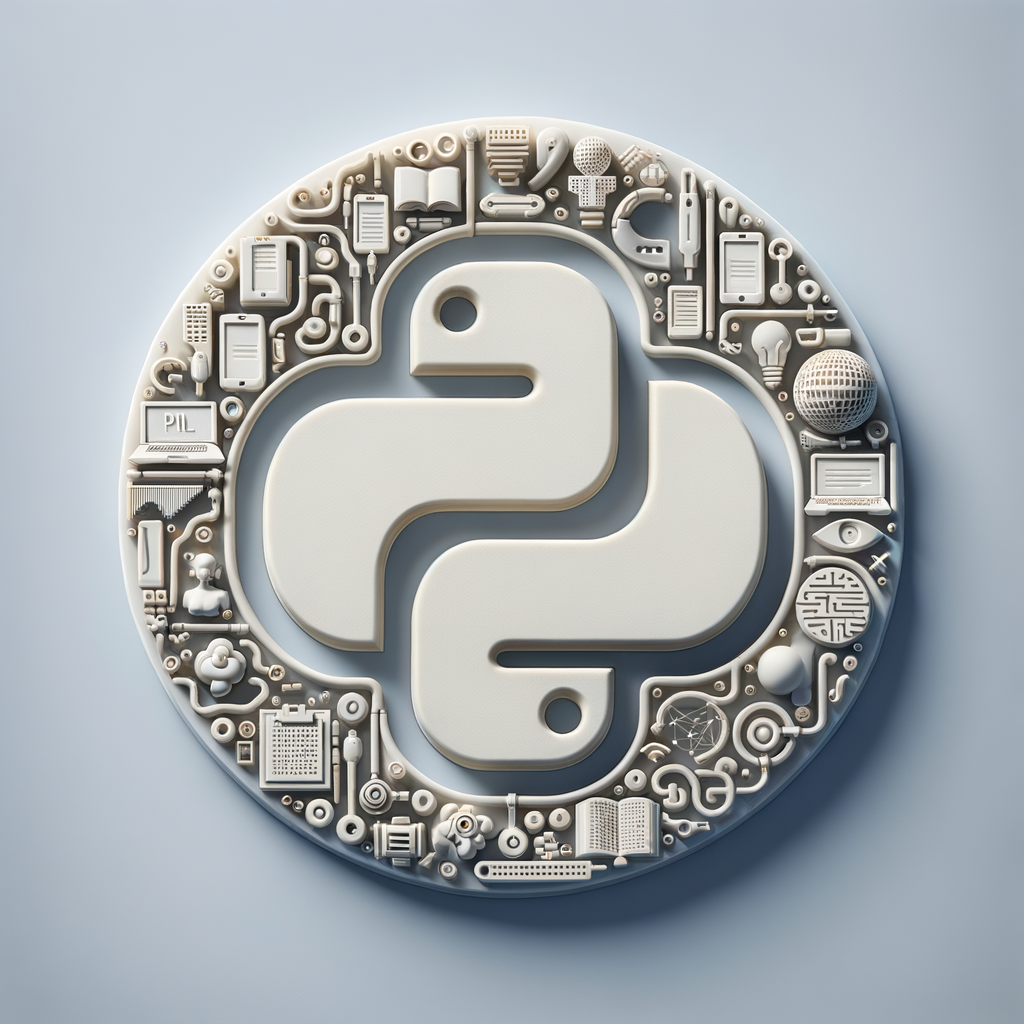
Unlocking the Potential of Python in the Age of AI: From Data Analysis to Predictive Modeling
Explore the transformative role of Python in AI development, covering essential techniques from data analysis to advanced predictive modeling. Delve into how Python frameworks and libraries are propelling the AI revolution across diverse sectors, and equip yourself with practical strategies to harness its full potential.
Introduction: The Pervasive Influence of Python in AI
Python has emerged as a cornerstone language in the field of artificial intelligence, renowned for its simplicity and powerful capabilities. This article explores how Python is being utilized in various aspects of AI development, from data collection and analysis to deploying cutting-edge models.
Python's Flexibility: A Key Driver in AI
One of the main reasons Python has gained popularity in AI is its flexibility. Its dynamic nature allows developers to iterate rapidly, which is essential in the fast-paced AI development environment. Python's extensive libraries and frameworks, such as TensorFlow, PyTorch, Pandas, and NumPy, offer pre-built solutions for complex AI problems, reducing the time spent in development and allowing researchers to focus more on innovation.
Data Handling and Analysis
Data is the backbone of any AI application, and Python excels in data manipulation thanks to libraries like Pandas and NumPy. These tools make it easy to import, analyze, and manipulate data, ensuring it is clean and suitable for AI applications. From handling simple datasets to managing large-scale data lakes, Python provides the tools necessary for effective data handling and preprocessing.
Machine Learning with Python
Python is particularly well-suited for implementing machine learning algorithms with libraries like scikit-learn, which provide simple and efficient tools for data mining and data analysis. Scikit-learn offers various machine learning algorithms, from regression to clustering, making it accessible for both beginner and advanced users.
Building Predictive Models
One of the primary uses of machine learning is to build predictive models. Python's framework, such as Keras and TensorFlow, allow developers to create models that can learn from sample data to make decisions or predictions without being explicitly programmed to perform the task.
Deep Learning Frameworks
Python has become the go-to language for deep learning due to frameworks like TensorFlow and PyTorch. These libraries provide comprehensive set of tools that enable developers to create complex neural networks and process large datasets with high efficiency. They also offer excellent support for GPU acceleration, which is crucial for training resource-intensive models.
Implementing Neural Networks
Training a deep learning model requires expertise in both the theoretical aspects of neural networks and practical application skills. Python's deep learning frameworks abstract much of the complexity, offering high-level APIs to build, train, and deploy models with ease.
Python in AI-Powered Applications
Beyond traditional AI paradigms, Python is also instrumental in developing AI-powered applications, including natural language processing (NLP), computer vision, and real-time data analytics applications. Libraries such as OpenCV for computer vision and Natural Language Toolkit (NLTK) for NLP are deeply integrated with Python's ecosystem, empowering developers to build innovative solutions in these domains.
Real-World Applications
From chatbots to autonomous vehicles, Python is being used to develop applications that were once considered part of science fiction. Its extensive AI capabilities allow developers to create applications that can perceive, understand, and act intelligently.
Conclusion: The Future of Python in AI
The future looks bright for Python in the AI landscape. Its continued evolution along with the rapid development of AI technologies promises an exciting era of innovation and advancement. By leveraging Python's capabilities, developers and researchers will continue to push the boundaries of what's possible, ushering in new solutions and possibilities across multiple sectors.
Get Started
Whether you're an experienced programmer or new to the field, learning Python for AI is a worthy investment. With its broad community support and extensive resources, getting started with Python in the AI domain has never been easier.